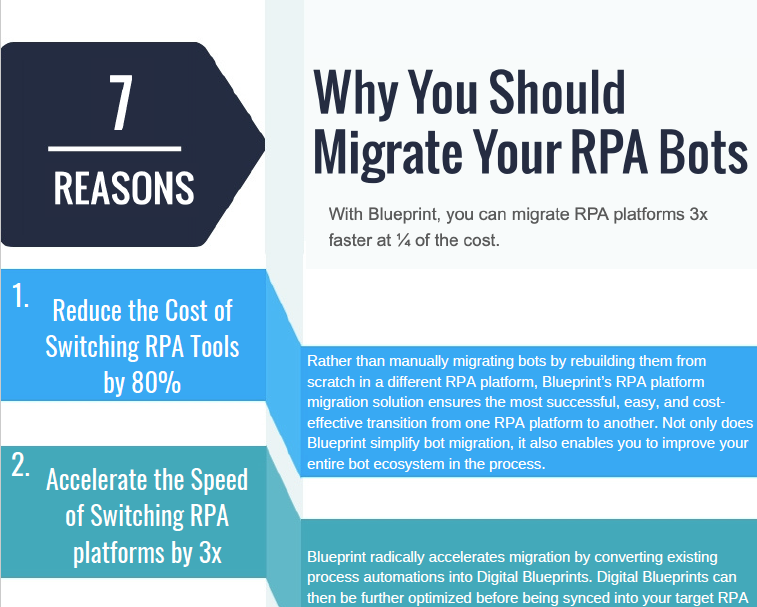What are Low-Code/No-Code Application Development Platforms? Everything You Need to Know
Software development has undergone many iterations. In a short time span, the way work has been managed has changed greatly. The Waterfall methodology gave way to Agile, ushering in a better way to manage work that prioritized speed and continuous improvement.
We now sit at the precipice of the next evolution of software development: low-code/no-code application development.
Business and technology change at a blistering pace. Customers now also expect and demand a digital-first experience. To meet market demands and the rate of change, the doors of software development have been unlocked. What was once reserved for highly skilled technical personas is now possible for all sorts of business folks with low-code/no-code application development, finally enabling the highly touted citizen development approach.
This article provides a detailed overview of low-code and no-code application development, the differences between the two, and the benefits of adopting them in your organization.
What is Low-Code Development?
Low-code application development refers to software development using a simple user interface, normally with drag-and-drop features to build applications.
It doesn’t require extensive coding or expert-level knowledge of computer programming languages like JavaScript. It’s a way for non-technical business users with limited experience in software development to build web and mobile applications intuitively and quickly, minimizing the dependence on technical development teams to build the same software from scratch.
What is No-Code Development?
No-code development is very similar to low-code. While they both normally use graphical tools to develop apps and software, the major difference between the two is that low-code – as the name suggests – may still require some minimal coding, therefore demanding a nominal amount of literacy with computer programming languages to build a web or mobile application.
No-code development enables anyone to build custom apps regardless of their technical experience or literacy because zero coding knowledge and experience is needed. Applications can be built and delivered exclusively using an easy drag-and-drop interface without having to dig into code to get it up and running.
What are Low-Code/No-Code Application Development Platforms?
The potential of low-code and no-code application development to open the floodgates and radically accelerate product delivery has naturally led to the commodification of this technology.
According to a report by Acumen Research and Consulting, the low-code application development platform market size was valued at $16 billion USD and is projected to grow to $159 billion by 2030. That growth will be driven by organizations that desperately want to achieve digital transformation, which is a perennial business objective for nearly all enterprises.
Software providers have now packaged solutions that enable anyone from organizations to rapidly build and deliver web and mobile applications, and there is no better example than Microsoft Power Apps.
Power Apps is a key application forming a part of Microsoft’s Power Platform which includes other notable products in the suite like Microsoft Power Automate. Power Apps is a platform that enables users to quickly build feature-rich, professional-grade custom business applications. Applications built in Power Apps have a responsive design and can run in browsers and mobile devices, enabling the seamless and accelerated delivery of digital experiences to your customers and internal users.
The Benefits of Implementing a Low-Code/No-Code Application Development Platform
Whether you opt for the more technical low-code application development platform or a no-code platform to completely democratize application delivery and enable citizen development, there are abundant benefits to both, including:
Reduce costs
Low-code/no-code application development platforms enable organizations to leverage all their employees with extensive knowledge of their business instead of having to invest in highly skilled technical resources or outsourcing application development.
Increase speed of application delivery
Low-code/no-code application development platforms accelerate product delivery. Instead of multiple sprints needed to design and deliver an app, business users can create applications in a much shorter timeframe. Even if you opt for a low-code platform, developers can build web and mobile applications much quicker, leading to the next benefit.
Increase productivity
Accelerated app delivery and increased productivity go hand in hand. Low-code and no-code application development platforms enable organizations to build more apps because design and delivery is streamlined, enabling them to provide digital-first experiences to their customers with speed and precision.
Become more agile
Software development is a continuous cycle. Apps need to be updated, maintained, and enhanced. Low-code/no-code application development platforms also accelerate this process enabling organizations to be more agile instead of becoming over-burdened with maintenance issues and improvement bottlenecks.
Enable citizen development
Talent acquisition for highly skilled resources is incredibly competitive. Talent gaps are largely addressed with low-code/no-code app development. The average business user can be leaned on to deliver products in a very demanding market where a digital-first experience is king.
Achieve digital transformation
Digital transformation remains a line item on every organization’s list of annual business objectives. Low-code/no-code application development platforms enable companies to meet consumer and market demands by accelerating modernization through web and mobile app delivery.
The Limitations of Low-Code/No-Code Application Development
The benefits of taking a citizen development approach with low-code/no-code app development platforms are incredibly compelling, however that doesn’t mean they don’t have their limitations.
When considering low-code application development exclusively, there are a few drawbacks to consider such as:
- Some computer programming and coding knowledge is still needed to fully leverage these platforms, thereby maintaining a dependency on technical skills.
- Security may also be a concern without robust coding and could become a vulnerability.
- Speed of app delivery is still very much a benefit, however, costs will not be drastically reduced because technically skilled resources are still required.
As for no-code application development, the limitations are similar:
- Security could be an issue without the proper oversight. Traditional software developers prioritize security and it is very much a foundation of product delivery which may be an afterthought for the citizen developer.
- User experience (UX) is a core principle in software development. There are professionals and developers entirely dedicated to optimizing how an end-user interacts with a web or mobile app. A citizen developer using a no-code platform may not approach UX with the same level of consideration and diligence.
- Because apps are built using a drag-and-drop canvas, there are limitations to full customization. It’s one of the reasons organizations may choose to opt for a low-code application development platform instead and maintain flexibility.
There are certainly some limitations, however, there is an argument to be made that opening the gates to citizen developers for accelerated application delivery trumps those drawbacks. With the low-code/no-code application development market growing the way it is and increasing interest from all enterprises, it seems most organizations agree with that assessment.
Share this
Recent Stories

INFOGRAPHIC: 7 Reasons Why You Should Migrate RPA Platforms with Blueprint

What to Consider When Migrating Your RPA Bots Between the 4 Major Automation Platforms


